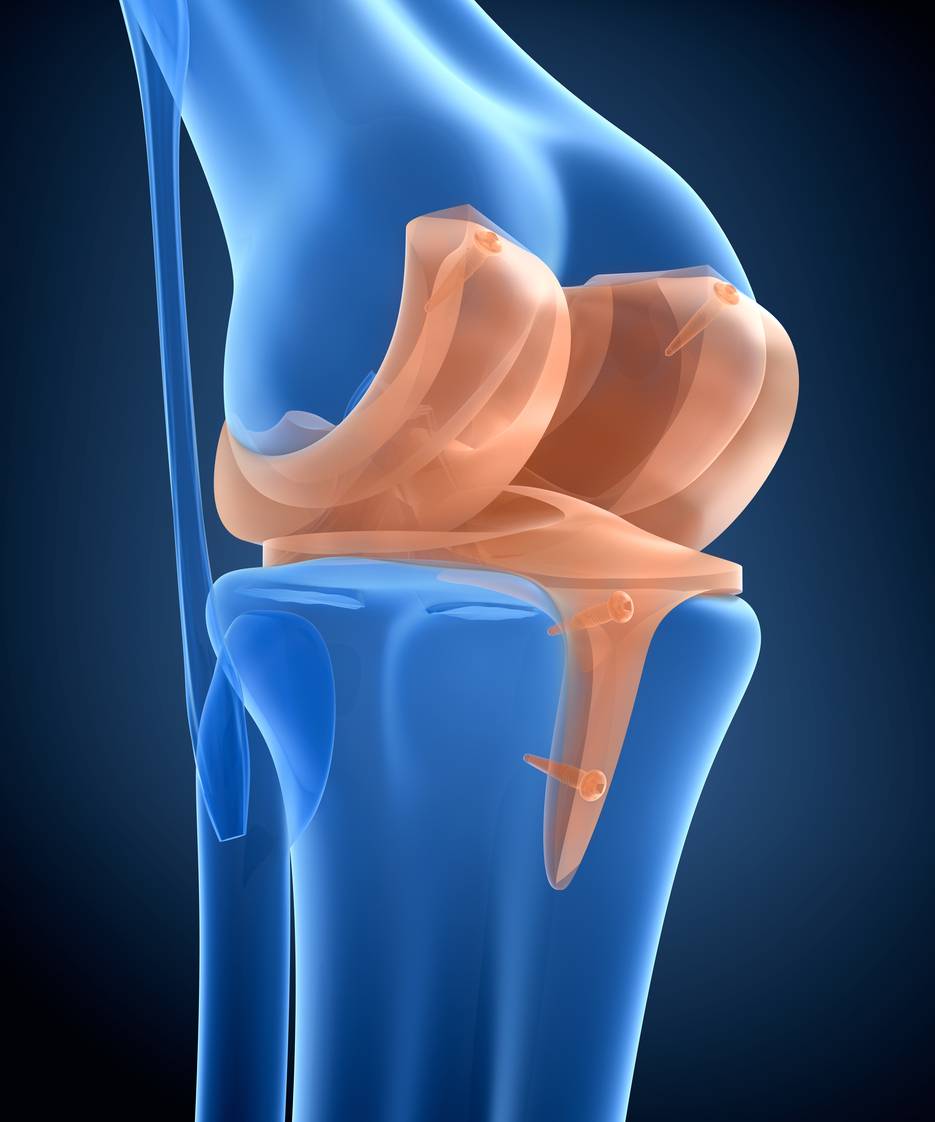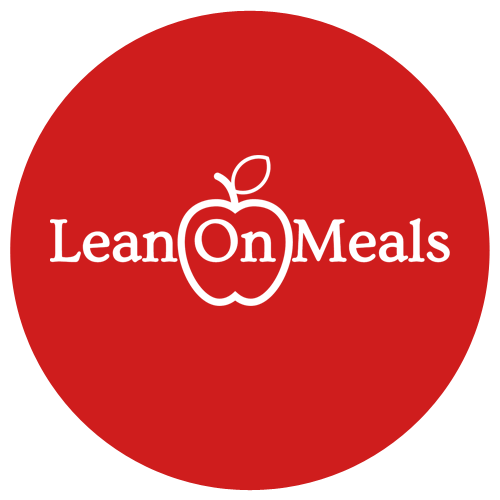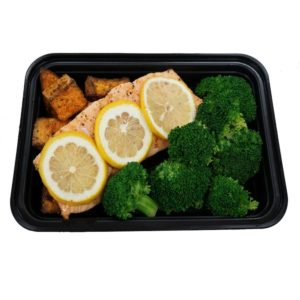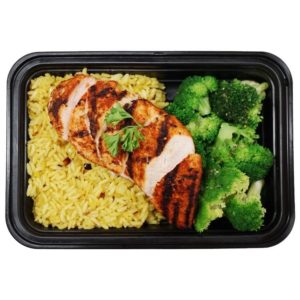The Top Foods for Tissue Health

The Top Foods for Tissue Health
Athlete or not, regardless of your degree of physical activity, you want to protect your tissues. Here’s why.
Connective tissue is the most abundant tissue in the body.
Connective tissue “connects” things in your body to help maintain structure. It basically supports and anchors all parts of your body together. For example, your joints have ligaments (that attach bones to each other) and tendons (that attach muscles to bones). These are examples of “dense” connective tissue made mainly of collagen.
Your joints also have cartilage and fluid to “cushion” the ends of the bones when you move so they don’t rub against each other and cause pain or “wear and tear”. Cartilage and fluid are also part of your connective tissue.
Connective tissue is composed of collagen and elastic fibres (elastin), cartilage, other specialized cells, with a healthy dose of cushioning fluid as well.
All these connective tissues are vital for a well-functioning body, and of course, there are certain key foods and nutrients that support optimal tissue health! How do these food nutrients get to our tissues? It is our blood supply that carries the nutrients to tissues all over the body. And because some of these connective tissues don’t have a huge blood supply, they can take months (or longer) to heal after an injury. Therefore, it’s in your best interests to ensure you’re constantly supplying your joints (and the rest of your body) with ample nutrition to keep them strong and resilient.
Let’s go over a few top foods for your tissue health.
1) PROTEIN
You heard me mention collagen and elastin above. Do you know what they’re made of? You guessed it, protein! Thus, without adequate dietary complete protein, tissue health is greatly jeopardized.
Protein itself is made up of a bunch of amino acids strung together. When we eat them, our digestive enzymes break down that “string” so that you can properly absorb and digest the individual amino acids. Your body uses those amino acids to create the myriad of proteins that it needs. Yes, things like muscle, bone, and skin; and also important connective tissues like collagen and elastin. Eating enough essential amino acids (protein) is key.
Your body needs 22 different types of amino acids to function properly. We can synthesize 13 of those within the body (known as non-essential amino acids), but the other 9 must be obtained from food (known as essential amino acids). It’s these essential amino acids that derive the classification of protein as either complete or incomplete.
Complete proteins are those that contain all essential amino acids in sufficient quantity. These are typically animal-based proteins, but a few plant sources are also considered complete.
- Meat
- Fish
- Dairy products (milk, yogurt, whey)
- Eggs
- Quinoa
- Buckwheat
- Hemp and chia seed
- Spirulina
2) ANTI-INFLAMMATORY FATS (omega-3s)
We all know that omega-3s are good for you. They are critical for good health and have been researched extensively for their potential to lower the risk of many heart and brain issues. One way omega-3s help us is due to their anti-inflammatory properties.
The problem is that most people simply don’t get enough essential omega-3s.
What foods should you eat more of to get your daily supply of omega-3s?
- Fish and shellfish
- Algae
- Nuts (particularly walnuts)
- Seeds (especially flax, chia and hemp)
3) ANTI-OXIDANT AND ANTI-INFLAMMATORY PLANTS
Okay we all know that eating “real food”, plants that grow naturally from the earth is good for us. But do we really understand why?
One of the many reasons is that they contain anti-oxidant and anti-inflammatory compounds. Most are also vitamin and mineral powerhouses. Inflammation is directly linked to most short-term and long-term health concerns, including joint pain. So the benefits of consuming real plant-based foods cannot be underestimated when it comes to joint and tissue health. Since many things contribute to increased production of free radicals in the body (including exercise, stress, poor dietary choices), antioxidant nutrients are especially important for tissue health.
Foods richest in antioxidants and anti-inflammatory compounds include:
- Colourful ones! Eat the rainbow by choosing from a variety of colourful plants (think: red, orange, yellow, green, and purple)
- Blueberries, grapes, green tea, & cocoa (yes, you read that right…unsweetened cocoa of course!)
4) FOODS RICH IN VITAMIN C
You remember that collagen is a critical part of your connective tissue, especially in joints. You also remember that you need protein amino acids as building blocks to make the collagen. Vitamin C is a critical “assistant” that helps your enzymes make the collagen from those amino acids that you get when you eat protein. So, vitamin C works hand-in-hand with protein for healthy collagen in your tissues. Bonus: vitamin C is also an antioxidant vitamin.
Foods rich in vitamin C include:
- Guava
- Bell peppers
- Broccoli
- Strawberries
- Grapefruit & oranges
- Kohlrabi
- Papaya
- Brussel sprouts
- Kiwi
- Mango
5) WATER
Of course, since your connective tissues and joints need enough fluid to cushion them, water is another essential “food” for tissue health. The water that forms the fluids in and around joints helps to prevent excessive moving surfaces and therefore ease movement. Muscle tissue surrounding the connective tissue of our joints also requires sufficient supply of fluids that bring nutrients to the tissues, thereby enabling and supporting performance, and reducing the risk of muscle cramps and sprains.
Blood supply is also dependent on adequate hydration, so proper hydration directly fosters improved blood supply to all your body tissues.
6) MAGNESIUM
Magnesium is extremely important for your health because it is needed for more than 300 biochemical reactions in the body. About 50% of our body’s total magnesium is stored in our bones, while the remaining part is predominantly found in the cells of body tissues and organs. Among its many roles in the body, magnesium plays an important part in protein synthesis, and we know how crucial protein is to tissue health.
Foods rich in magnesium include:
- Sea vegetables
- Dark leafy greens
- Pumpkin, sunflower and sesame seeds
- Black beans
- Soybeans
- Quinoa
- Cashews
7) MANGANESE
Manganese plays is a major player in the formation of bone, but it also plays a role in the formation of connective tissue. A deficiency can contribute to serious health issues including bone loss, muscle and joint pain.
Foods rich in manganese include:
- Cloves
- Oats
- Brown rice
- Chick peas
- Spinach
- Pineapple
- Pumpkin seeds
- Soybeans
SUMMARY
We all need to be mindful of our tissue health. Whether remaining as mobile as possible into old age or reducing /recovering from sports-related injuries, optimizing tissue strength is important for us all.
Staying well-hydrated and consuming foods high in complete protein, omega-3 fats, anti-oxidant and anti-inflammatory rich plants, vitamin C, magnesium and manganese will help us do just that.
By Yvette Styner, CHN
Certified Holistic Nutrition
NPAA Elite Pro Figure-Fitness
www.mipstick.com
REFERENCES:
Katz, D.L. & Meller, S. Can we say what diet is best for health? Annu Rev Public Health. 2014;35:83-103.
LINK: http://www.annualreviews.org/doi/pdf/10.1146/annurev-publhealth-032013-182351
Screen, H.R., Berk, D.E., Kadler, K.E., Ramirez, F. & Young M.F. Tendon functional extracellular matrix. J Orthop Res. 2015 Jun;33(6):793-9.
LINK: https://www.ncbi.nlm.nih.gov/pmc/articles/PMC4507431/
Simmons, K. Multicellular organization of plants and animals. Connective Tissue. Cells and Cellular Processes, Lab #4, Fall 2007. University of Winnipeg.
LINK: http://kentsimmons.uwinnipeg.ca/cm1504/15lab42006/lb4pg6.htm
Tempfer, H. & Traweger, A. Tendon Vasculature in Health and Disease. Front Physiol. 2015; 6: 330.
LINK: https://www.ncbi.nlm.nih.gov/pmc/articles/PMC4650849/
Tipton, K.D. Nutritional Support for Exercise-Induced Injuries. Sports Med. 2015; 45: 93–104.
LINK: https://www.ncbi.nlm.nih.gov/pmc/articles/PMC4672013/
USDA Nutrient Database
LINK: https://ndb.nal.usda.gov/ndb/search/list
Williamson E. Nutritional implications for ultra-endurance walking and running events. Extrem Physiol Med. 2016 Nov 21;5:13.
LINK: https://www.ncbi.nlm.nih.gov/pmc/articles/PMC5117571/
Wysocza?ski, T., Soko?a-Wysocza?ska, E., P?kala ,J., Lochy?ski, S., Czy?, K., Bodkowski, R., Herbinger, G., Patkowska-Soko?a, B. & Librowski T. Omega-3 Fatty Acids and their Role in Central Nervous System – A Review. Curr Med Chem. 2016;23(8):816-31.











